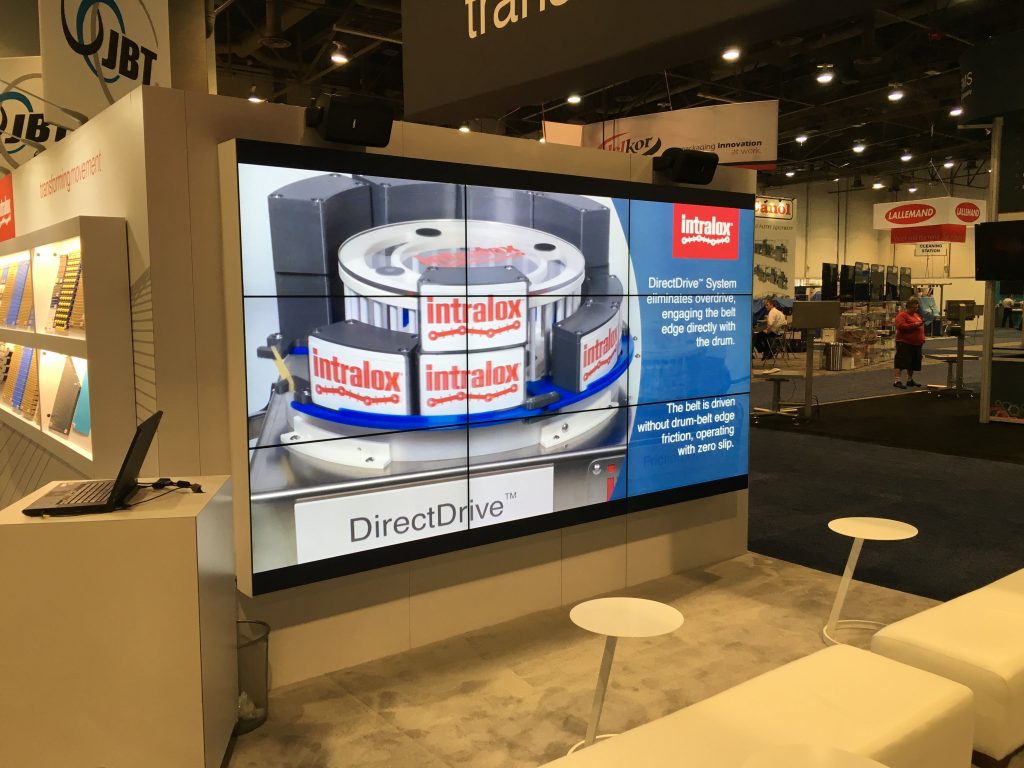Investigating the Crucial Factors That Affect Color Uniformity in LED Wall Screens for Optimal Display Performance
Investigating the Crucial Factors That Affect Color Uniformity in LED Wall Screens for Optimal Display Performance
Blog Article
Hue uniformity in light-emitting diode wall panels is crucial for attaining maximum optical performance. LED wall panels are commonly used in multiple environments, including concerts, conferences, and advertising displays. When the colors on these panels are uniform, they create a more captivating and enveloping encounter for viewers. Several key factors affect hue consistency, including the quality of the LED components, tuning procedures, and surrounding conditions.
The quality of the LED elements plays a major role in hue uniformity. Different types of light-emitting diodes produce light at varying frequencies, which can influence the total hue result. High-quality LEDs are designed to produce a more uniform light spectrum, resulting in improved hue precision. Additionally, the production method of these LEDs can impact their functionality. Screens made with high-grade materials and techniques tend to have less hue differences, guaranteeing that the shown pictures and videos look vibrant and true to life.
Tuning is another crucial element in preserving color consistency in light-emitting diode wall screens. Calibration involves modifying the settings of the panel to make certain that the hues displayed match the intended design. This procedure can consist of adjusting luminosity, differentiation, and hue equilibrium. Regular tuning is necessary, especially in settings where illumination conditions change often. By tuning the panels, technicians can fix any inconsistencies in color output, resulting to a more consistent viewing encounter.
Environmental conditions also influence hue consistency in LED wall screens. Elements such as surrounding light, temperature, and humidity can affect how hues are seen. For example, intense surrounding light can wash out colors, making them look less vibrant. Similarly, extreme heat can influence the performance of the LEDs, leading to hue changes. To reduce these issues, it is essential to install light-emitting diode wall screens in controlled settings where illumination and temperature can be managed effectively.
Finally, the layout and arrangement of the light-emitting diode wall panels can impact color uniformity. The configuration of the screens, as well as the distance from which they are observed, can create differences in hue perception. When panels are placed too far apart or at varied positions, audiences led wall panel viewing angles may detect discrepancies in color. To achieve the best visual performance, it is crucial to take into account the positioning and alignment of the screens during setup. By addressing these factors, users can ensure that their LED wall screens provide a uniform and superior optical encounter.